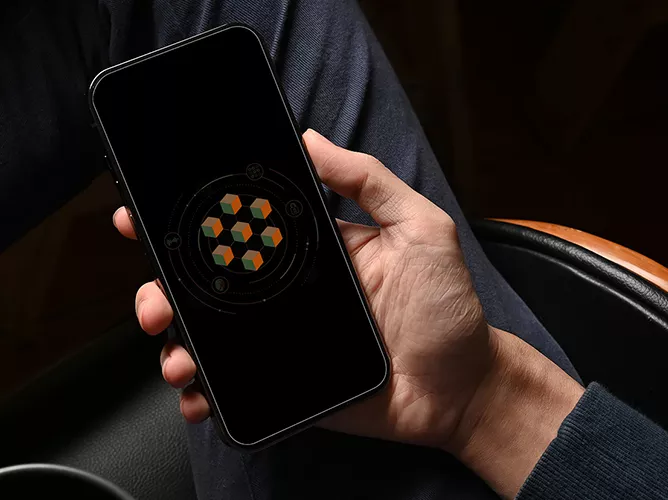June 10, 2022
Part 1: Introduction
Part one of a six-part series by Silvio Piserchia, Global Segment Lead, Fintech & Digital.
Compared with its steam-powered counterpart, the findustrial revolution was swift. In only a few years, financial technology (fintech) revolutionized finance. Fintech-enabled neobanks put much of the focus on banking, and some now rival traditional banks in terms of customer numbers.
An emerging parity with traditional banks is testimony to the success of neobanks. But disruption was the easy part, and neobanks are now under intense pressure to take their customer engagement and digital innovation solutions beyond core banking services. As Alexis de Tocqueville once mused in his writings on revolution: “The most difficult part to invent is the end.”
The pressure is coming from many sides.
Spiffy branding, streamlined interfaces, smooth onboarding and competitive pricing were enough to pull a unicorn out of a hat just a few years ago. Traditional banks then caught up and now offer much the same along with a host of other financial services. And any strengths on the tech side of fintech can be dampened by less obvious shortcomings on the fin side. A seemingly minor compliance issue can suddenly become a major problem that deters customers and upsets regulators.
At home, those customers and regulators are increasingly expecting the same of neobanks as of traditional banks. That is high praise. But customers can be hard to please, regulators harder still. Go abroad, and new problems emerge. Customer expectations and government regulations are rarely the same across markets.
Still, neobanks are well positioned to handle the pressure.
With one foot in banking and the other in fintech, neobanks are uniquely able to absorb the deep expertise of traditional banking and blend it with the revolutionary fervor of fintech. The challenge for a traditional bank to integrate new technology with legacy systems can be far greater than the challenge for a neobank to proactively catch shortfalls in financial expertise early.
Neobanks are also not awash with data and are used to looking outside themselves for support. Their nimbleness means they can take minimum viable products to market quickly and are not beholden to physical branches—both useful traits when expanding globally.
De Tocqueville suggests that inventing an end to disruption is like coming up with an ending for a novel. Neobanks have earned their status alongside traditional banks. Now they just need to complete the story and ensure it is a good one.
Read on for a look at the five ways neobanks can continue to thrive:
Part 2: Product line extensions
Part 3: Global expansion
Part 4: Continuous innovation
Part 5: Operational improvements
Part 6: Gap filling
Or download the full report: After the findustrial revolution: How neobanks can continue to thrive.












